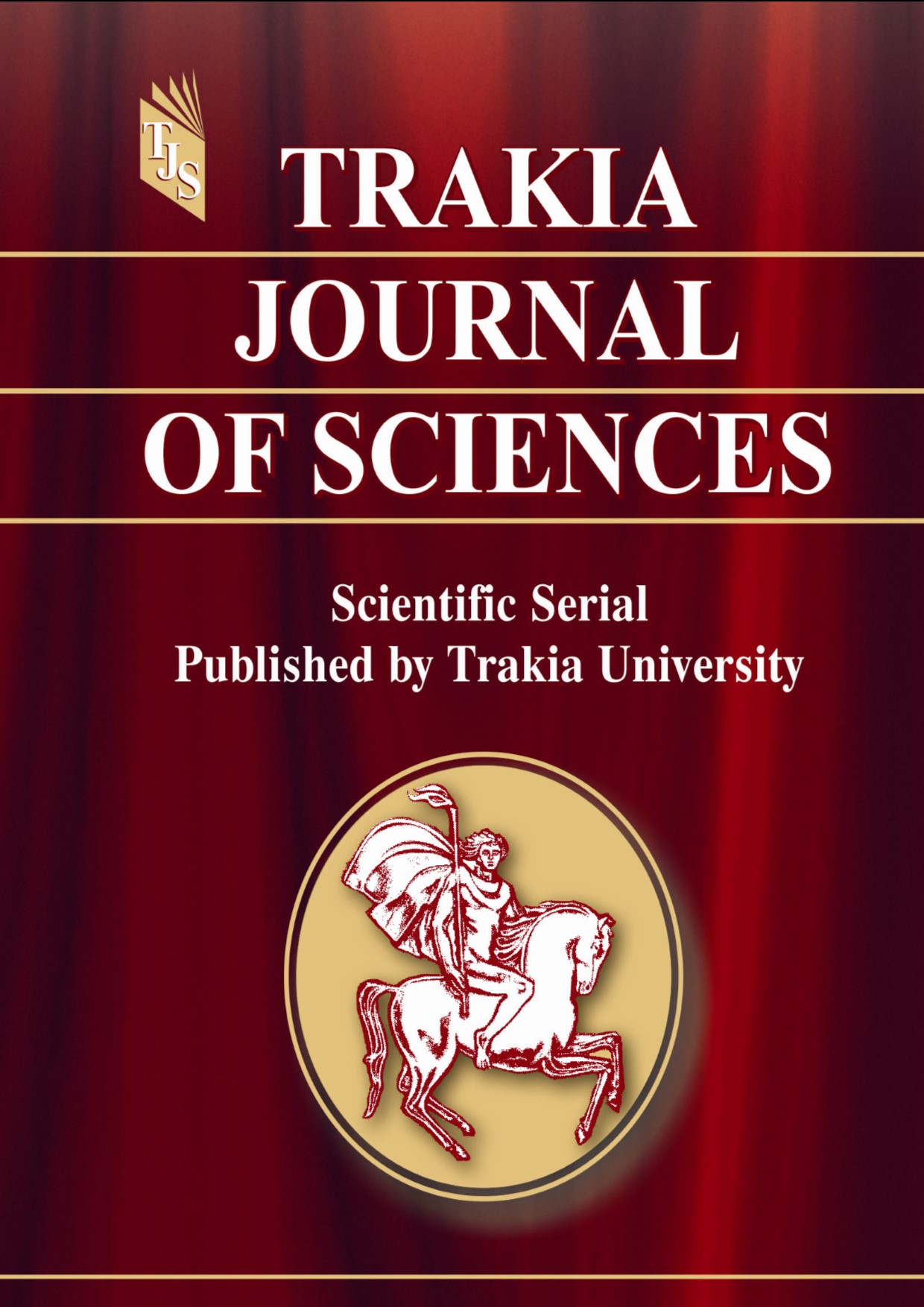IMPACT OF STRESS RELATED HYPERGLYCEMIA ON THE RECOVERY OF PATIENT WITH FEMORAL NECK FRACTURE
DOI:
https://doi.org/10.15547/tjs.2025.02.013Keywords:
type 2 diabetes, fractures of coli femorisAbstract
Summary: The growing epidemic of type 2 diabetes and the preceding metabolic conditions play an important role in the perioperative period in trauma patients.
Aim: The aim of this research is to follow-up patients with stress related hyperglycemia and femoral neck fracture and to propose effective strategies for optimization of medical and health care.
Materials and methods: The methods employed in the study were analyses of medical documentation and para clinical studies. Retrospective research was performed in the period of September 2023 - January 2024, based on clinical data of twenty patients (n=20) with fractures of coli femoris and stress-related hyperglycemia, before and after surgical intervention for the fracture at the Clinic of Orthopedics and Traumatology in the General Hospital for Active Treatment “St. Anna” - Varna.
Conclusion and Results: The study clearly demonstrates the significant impact of stress-related hyperglycemia on patients with femoral neck fracture, particularly those with pre-diabetic conditions and undiagnosed type 2 diabetes.
The implementation of these strategies has the potential to improve the clinical outcomes and quality of life for patients by reducing the risk of complications and the length of hospital stay.
References
Reducing the burden of noncommunicable diseases through strengthening prevention and control of diabetes, Seventy-fourth world health assembly, available from https://www.who.int/health-topics/diabetes
Zhang, X., et al. (2022). Association of Diabetes Mellitus with Postoperative Complications and Mortality After Non-Cardiac Surgery: A Meta-Analysis and Systematic Review. Front Endocrinol (Lausanne). 2022 May 26;13:841256. doi: 10.3389/fendo.2022.841256. PMID: 35721703; PMCID: PMC9204286.
Wukich, K. (2015). Diabetes and its negative impact on outcomes in orthopaedic surgery. World J Orthop. 2015 Apr 18;6(3):331-9. doi: 10.5312/wjo.v6.i3.331. PMID: 25893176; PMCID: PMC4390895.
Dortch, D., Eck. L., Ladlie, B., et al. (2000). Peri-operative glycemic control in plastic surgery: review and discussion of an institutional protocol. Br J Anaesth. 2000;85(1):109–17. doi: 10.1093/bja/85.1.109.
Akiboye, F., Rayman, G. (2017) Management of Hyperglycemia and Diabetes in Orthopedic Surgery. Curr Diab Rep. 2017 Feb;17(2):13. doi: 10.1007/s11892-017-0839-6. PMID: 28265893; PMCID: PMC5339317.
Finfer, S., Chittock, DR, Su, SY-S. (2009) NICE-SUGAR Study Investigators et al. Intensive versus conventional glucose control in critically ill patients. N Engl J Med. 2009; 360:1283–97. doi: 10.1056/NEJMoa0810625.
Ljungqvist, О., Soop, M., Hedström, M. (2007). Why metabolism matters in elective orthopedic surgery: a review. Acta Orthop. 2007; 78:610–5.
Lumbley, L., Sa A., Tchokouani, L.S. (2014). Retrospective review of predisposing factors for intra-operative pressure ulcer development. J Clin Anesth. 2014;26(5):368–74. doi: 10.1016/j.jclinane.2014.01.012.
Dowsey, M., Choong, PF. (2009). Obese diabetic patients are at substantial risk for deep infection after primary TKA. Clin Orthop Relat Res. 2009;467(6):1577–81. doi: 10.1007/s11999-008-0551-6.
Dowsey, M., Choong, PF. (2008) Obesity is a major risk factor for prosthetic infection after primary hip arthroplasty. Clin Orthop Relat Res. 2008;466(1):153–8. doi: 10.1007/s11999-007-0016-3.

Downloads
Published
Issue
Section
License

This work is licensed under a Creative Commons Attribution-NonCommercial 4.0 International License.


